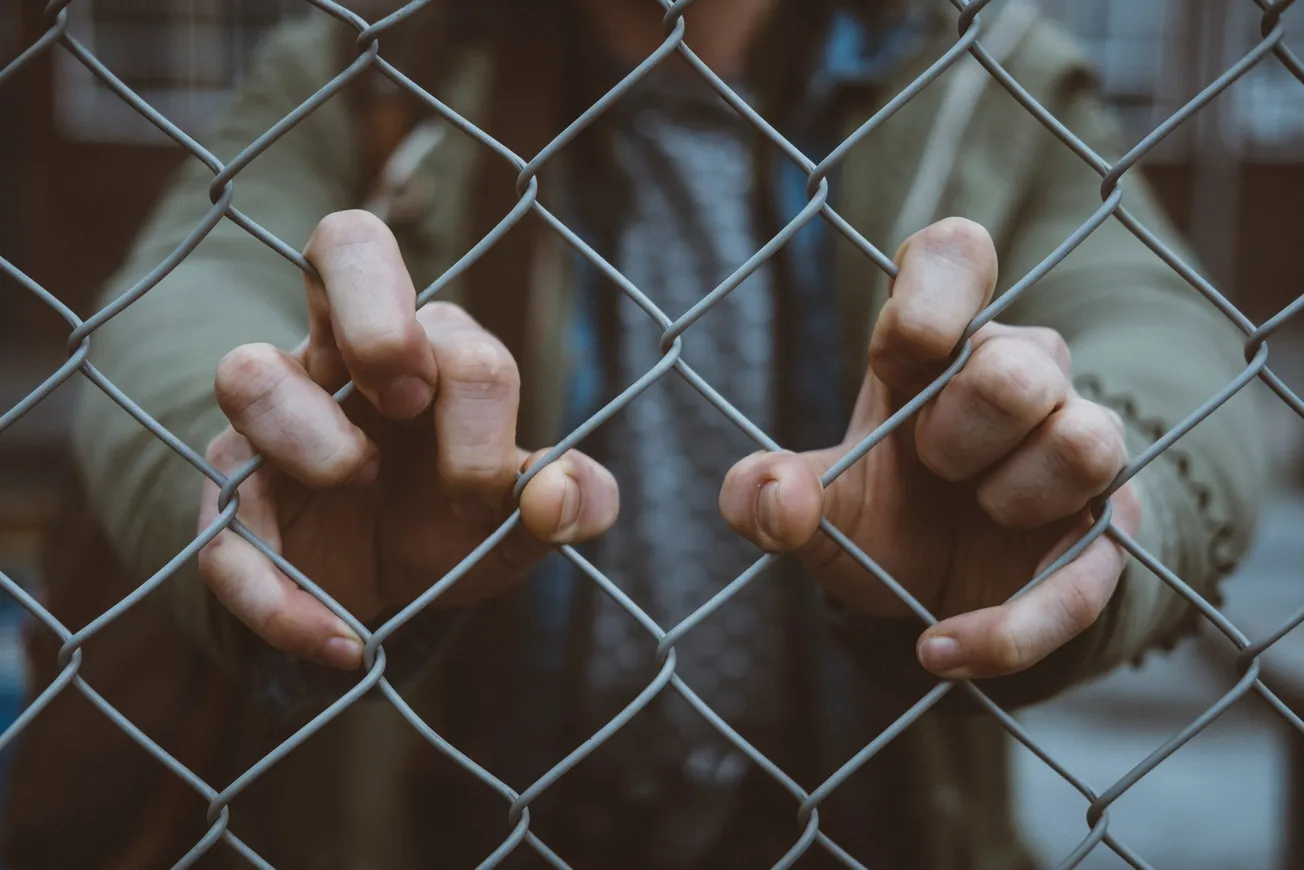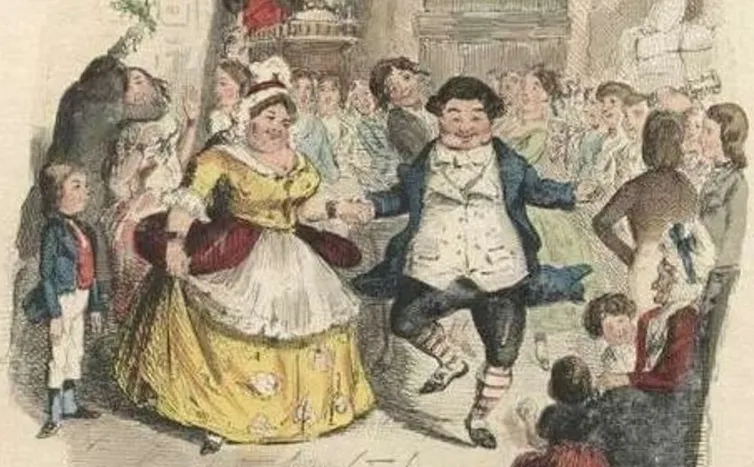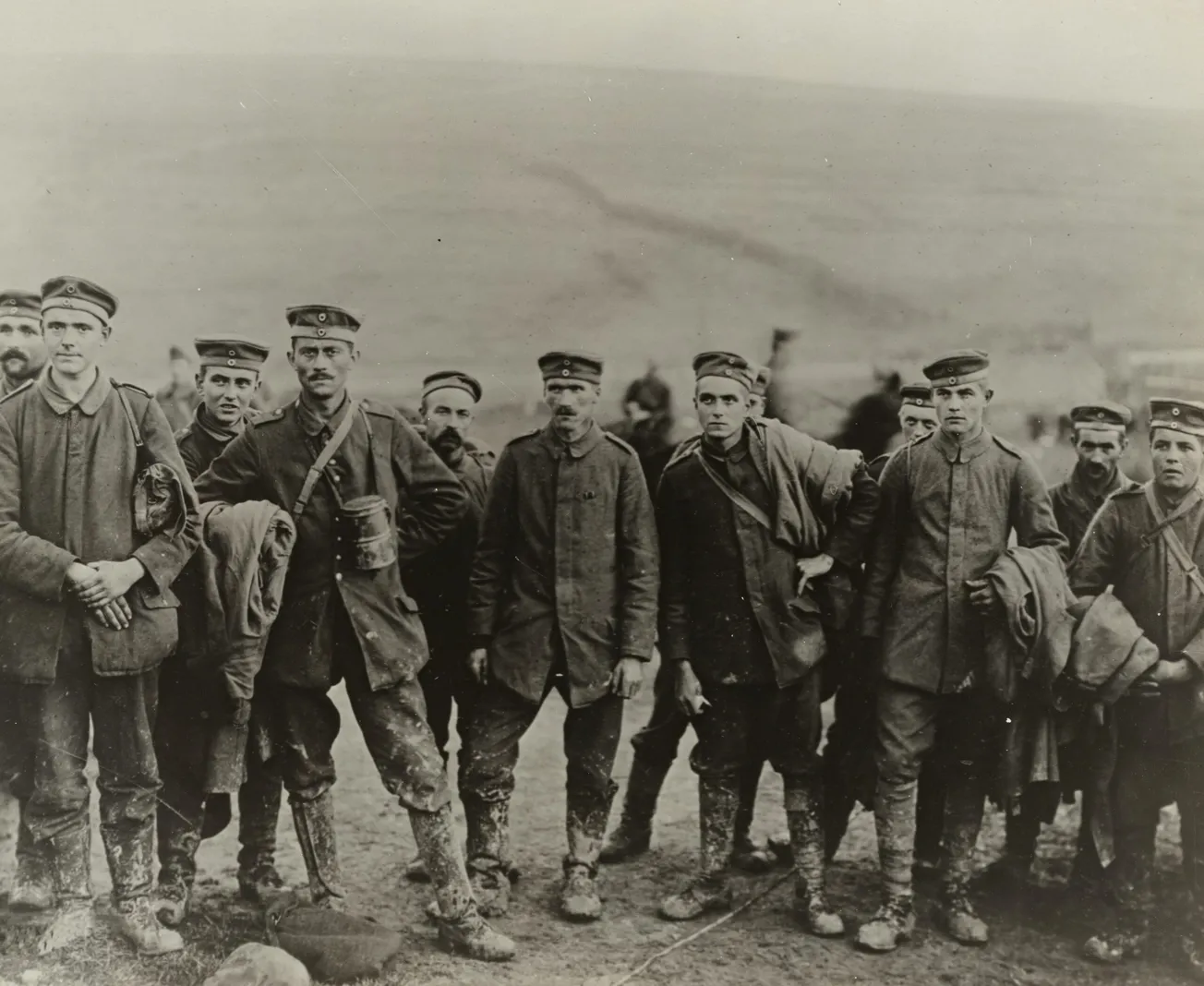Daniel Nuccio
brownstone.org
Daniel Nuccio holds master’s degrees in both psychology and biology. Currently, he is pursuing a PhD in biology at Northern Illinois University studying host-microbe relationships. He is also a regular contributor to The College Fix where he writes about COVID, mental health, and other topics.
Late in the summer of 1971, a young man was taken from his home in Palo Alto, California. Then another. And another. Nine in all, they were each spirited away. Eventually brought to a place with no windows and no clocks, they were stripped and they were chained. They were costumed in dress-like gowns. They were given numbers to be used in place of their names. Minor pleasures were redefined as privileges, as were such basic acts as bathing, brushing one’s teeth, and using a proper toilet when one pleased.
In essence, they had become the playthings of the nine other young men who now kept them in that windowless place. Uniformly dressed in khakis pants and shirts, along with large reflective sunglasses, wearing whistles around their necks and brandishing clubs, these nine other young men could have been their classmates, their co-workers, their friends had they met in another place or time, but instead now possessed near absolute control over them, often exercising it for no other purpose than to humiliate and emasculate, to remind their prisoners of their subordinate state.
These uniformly dressed young men in khakis and sunglasses were the guards of the “Stanford County Prison.” They were acting at the behest of Dr. Phillip G. Zimbardo.
The research that Zimbardo carried out that August would go on to become one of the most renowned and most infamous studies in the history of psychology.
As the story is told in most introductory psychology texts, Zimbardo set out to study the power of situational forces and social roles on identity and behavior. To do this, he randomly assigned seemingly normal college students with no criminal history or mental illness to the role of guard or prisoner in a simulated prison, providing little to no instruction.
However, due to the spontaneous and increasingly sadistic actions of the guards and the extreme emotional breakdowns of the prisoners, Zimbardo had to call off the experiment prematurely – but not before making some important discoveries about how social roles and oppressive environments can alter the psyches and actions of normal people in pathological ways.
Zimbardo’s own descriptions of his work tend to be somewhat more grandiose, sometimes bordering on a telling of a Greek myth or biblical tale, a story of something surreal, or as Zimbardo once put, something “Kafkaesque.”
The way the story is presented in the transcript of a slideshow put together by Zimbardo, all who entered that mock prison he constructed seemingly drifted into a dream. The minds of those who stayed too long fractured. Soon, everyone who remained began to metamorphose into nightmarish vermin.
Fortunately though, the good doctor was awakened by the pleas of a young man, who, in the midst of a mental breakdown, begged not to be released so he could prove he was a good prisoner. This is when Zimbardo knew it was time to bring the world he had created to an end.
Critics, however, have questioned many aspects of Zimbardo’s telling of the tale and its often uncritical, albeit less dramatic, retelling in psychology texts.
Only a third of the guards actually behaved sadistically. Some of the prisoners may have faked their emotional breakdowns for early release after being led to believe that as volunteer prisoners they were not permitted to leave the pretend prison.
But perhaps the most damning critique is that from the beginning, Zimbardo, who took on the role of prison superintendent, made it clear that he was on the side of the guards. He did this along with his undergraduate warden, who had researched and designed a rudimentary dormroom version of the simulation three months prior for a project in one of Zimbardo’s classes. He provided the guards with detailed instructions for how to manage the prisoners at the start, then continuously pressed them to be tougher on the inmates as the Stanford experiment went on.
In a documentary, Zimbardo acknowledged that, although he forbade the guards from hitting the prisoners, he explained to them they could instill boredom and frustration. Video from orientation day shows the charismatic professor in his prime instructing his guards, “We can create fear in them, to some degree. We can create a notion of arbitrariness, that their life is totally controlled by us, by the system.”
Some participants later admitted to leaning into their assigned roles deliberately. Given that Zimbardo was paying them $15 per day for their participation, he was essentially their boss at their summer job.
Despite these additional details though, it remains difficult to deny that Zimbardo’s study can tell us something important about human nature.
Maybe like the pre-teen boys with whom Muzafer Sherif played Lord of the Flies in the summers of 1949, 1953, and 1954, the young men of Stanford County Prison came to internalize the identities associated with their arbitrarily assigned groups, but here in an environment intelligently designed for oppression and with a pre-established social hierarchy.
Maybe like the seemingly normal Americans Stanley Milgram instructed to deliver what they thought were increasingly painful shocks to forgetful learners in an alleged memory experiment, they were just obeying authority.
Maybe they simply knew they were getting paid by the day and wanted this arrangement to continue.
Maybe it was a combination of the above.
In the end though, at least a portion of guards and prisoners acted in accordance with their arbitrarily assigned roles, with perhaps members of both groups accepting the authority of those above them, even if it meant behaving with casual cruelty or accepting degradation.
The Current Experiment: Year One
In the early days of the Pandemic Era, our superintendents and wardens took control over all aspects of daily life. They costumed us in masks. Minor pleasures, as well as basic acts such as spending time with family and friends were redefined as privileges. They created fear. They instilled boredom and frustration. They created a notion of arbitrariness, that our lives were totally controlled by them, by the system. We were their prisoners. We were their playthings.
In the early days of the Pandemic Era, there weren’t true guards or arbitrary groupings beyond authorities and prisoners – at least not any with which many truly came to identify.
We had actual law enforcement who could be said to have acted as guards in some places, following the orders of the superintendents and wardens, arresting lone paddle boarders and harassing parents for letting their children have playdates. Yet, most people throughout much of the United States, at least, never quite experienced that level of direct tyranny.
Early on we had the designations of essential and nonessential, but no one really knew what those categories meant. No one derived real power or status from them.
The only distinctions that could be said to have meant anything for Year One of the Pandemic Era were obedient and dissident, masked and unmasked, good prisoner and bad prisoner, although even these lost some meaning by virtue of the fact they were impermanent and fluid and that revealing one’s affiliation was generally a matter of personal choice.
The obedient granted themselves the occasional indulgence, meeting up with romantic partners and taking off their masks in the company of intimates. The unmasked reluctantly donned the symbol of their oppression when required. No one had to state their cognitive dissonance.
It was not until the Covid vaccines became available that more meaningful groups began to emerge.
The Current Experiment: Year Two
As the Covid vaccines became widely available, the objective groups of vaccinated and unvaccinated took shape and it was clear which group our superintendents and wardens favored from the start.
Sometimes they provided direct instructions. Sometimes they did not. But, in locations and institutions where their power was strongest, our superintendents and wardens encouraged and coerced their prisoners to be part of the favored group, allowing them to earn back such privileges as education, employment, and minor pleasures from the lives they once lived. They also made it clear that no one could fully rise from their present state until virtually everyone chose to do so.
Before long presumably normal people came to support vaccination requirements for travel, work, and education.
Some, however, seemed to go a step further and began to fancy themselves as guards.
As in the Stanford County Prison, physical violence was out of the question. So was the kind of pushing, shoving, and nighttime raids Sherif observed among the arbitrarily divided boys chosen for his summer camps. However, various forms of ostracism were deemed fully acceptable, if not encouraged and condoned.
Most explicitly this came in the form of those newly deputized guards who, acting in an official or professional capacity, obediently enforced the orders of our superintendents and wardens, turning unvaccinated patrons away from restaurants, having unvaccinated doctors removed from hospitals, putting unvaccinated pilots on indefinite unpaid leave.
Yet, more subtly, it also took the form of a kind of casual cruelty within families, offices, and schools.
Loved ones required one another to show proof of vaccination to attend weddings and holiday gatherings.
Those who had received medical or religious exemptions from employers and universities with vaccine mandates had, in some places, supervisors that barred them from certain corners of their workplaces and co-workers and classmates, who long ago stopped masking and social distancing around one another, reminded them to keep their distance and demanded that before entering a room they stand in the doorway and give those present time to mask up.
Although maybe not sufficient to foment the kind of alleged breakdowns noted by Superintendent Zimbardo at the Stanford County Prison, at least in the short term, it does not take much to imagine how such day-to-day humiliations could erode one’s sense of belonging or meaning. Long-term, it would seem only natural for such constant reminders of one’s subordinate state to engender feelings of depression, alienation, and worthlessness.
A considerable body of research on ostracism and social exclusion would suggest such feelings would be only natural.
Additional work in the area indicates that those that have been ostracized, to some degree, come to see themselves and their social aggressors as losing elements of their human nature, changing into cold and rigid things lacking agency and emotion.
In other words, our modern prisoners, with time, come to see themselves and their guards as metamorphosing into nightmarish vermin.
Future Directions: Year Three
As time passes though, it is becoming increasingly clear that the effectiveness of the Covid vaccines is not quite what was initially promised.
Numerous studies from California, Israel, Ontario, and Qatar, along with others, have consistently shown that fully vaccinated individuals can still contract and presumably transmit SARS-CoV-2, especially following the rise of the Omicron variant.
Hence the basis for ascribing any real meaning to the groups of vaccinated and unvaccinated, or at least any real meaning from which the former could be granted or derive some form of social or moral superiority over the other, has been demolished.
Subsequently it would only make sense that these groupings dissolve.
Yet, research has shown that people still find meaning in even the most meaningless groupings even when there is no objective reason to do so.
After a year of our superintendents and wardens publicly impugning the unvaccinated as a literal and figurative blight on society standing in the way of a return to normalcy, it is even more understandable that some continue to find meaning in these designations.
Thus, even as some cities and companies drop vaccine mandates, not all have been willing to return the same rights, now termed privileges, to both vaccinated and unvaccinated alike.
Additionally, the family, friends, co-workers, and classmates of some unvaccinated individuals still experience no qualms about behaving with casual cruelty towards them. Some unvaccinated individuals are even still willing to accept their casual degradation.
Maybe like the pre-teen boys with whom Muzafer Sherif played Lord of the Flies, these modern guards and prisoners have come to internalize their new identities, but in an environment intelligently designed for oppression and with an implied social hierarchy.
Maybe like the seemingly normal Americans, Stanley Milgram instructed to deliver what they thought were increasingly painful shocks to forgetful learners in an alleged memory experiment, they are just obeying authority.
Maybe they are trying to do their part to please their superintendents and wardens in the hope of earning some imagined reward.
Maybe it is a combination of the above.
A Final Lesson from Superintendent Zimbardo
Given the world in which we have been living for the past two years, despite the numerous flaws critics have found in both Zimbardo’s work, as well as Zimbardo the man and Zimbardo the legend, it would seem that both he and other members of social psychology’s golden age can still tell us a lot about how social roles, oppressive environments and powerful authorities can alter the psyches and actions of normal people in pathological ways.
But perhaps one of the last lessons Zimbardo can teach us is more a reminder of something George Orwell wrote in 1984: “Who controls the past controls the future; who controls the present controls the past”.
Throughout his career Zimbardo appears to have actively worked to write his own myth and influenced the fields of psychology and criminal justice for decades.
Hence, perhaps as long as those who worked to give social or moral meaning to the groupings of vaccinated and unvaccinated are allowed to write the myth of how the public policies and interpersonal behaviours that followed contributed to delivering us to our returning semblance of normalcy, the more likely we will be to continue to have a society of guards and prisoners who act with casual cruelty and accept degradation as we move forward into the future.









